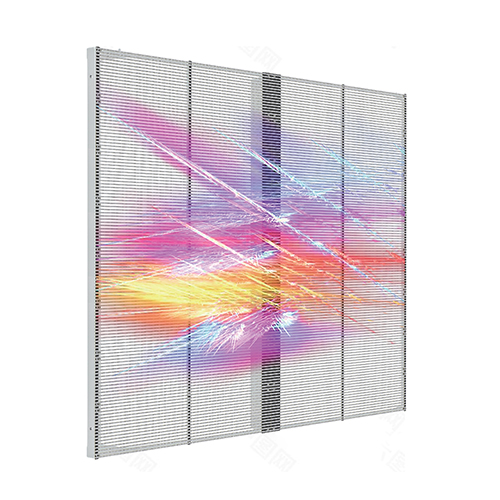NEWS
New Products
What is the Life Expectancy of an LED Screen?
2024-11-18In the fields of digital advertising, entertainment and public information dissemination, LED screens are popular for their high brightness, bright colors, and energy-saving and environmentally friendly features. However, for many potential users, a key question always remains: How long is the life of an LED screen?
Generally speaking, the life of an LED screen is usually measured in "half-life", that is, the time when the screen brightness drops to half of its initial value. Most high-quality LED screens, especially models for commercial and outdoor applications, are expected to reach 50,000 to 100,000 hours of use. This means that if used for 12 hours a day, these screens can theoretically last for more than ten years.
However, there are many factors that affect the life of LED screens. First, environmental conditions play an important role. In high temperature, high humidity or dusty environments, the life of the screen may be affected. Therefore, it is particularly important to choose an LED screen suitable for a specific environment, especially an outdoor model.
Secondly, the maintenance and use of the screen are also crucial. Regular cleaning of the screen, maintaining good heat dissipation, and proper power management can significantly extend the life of the LED screen. In addition, avoiding long-term display of high-contrast static images to prevent screen burn-in is also an effective way to extend the life of the screen.
In addition, technological advances have also brought new possibilities to the service life of LED screens. With the continuous improvement of manufacturing technology, the new generation of LED screens has significantly improved in brightness, color and energy efficiency. Many brands now launch products that not only have a longer service life, but are also equipped with intelligent monitoring systems that can monitor the performance of the screen in real time and detect and solve potential problems in a timely manner.
In summary, the service life of LED screens is generally between 50,000 and 100,000 hours, but the specific lifespan is affected by many factors such as environment, usage and maintenance. With the advancement of technology, future LED screens will be more durable and provide users with longer quality services. When choosing and using LED screens, understanding these factors will help ensure their longer service life and better performance.






